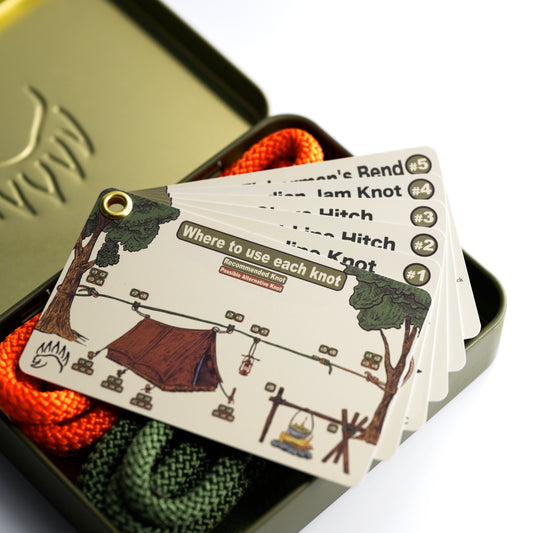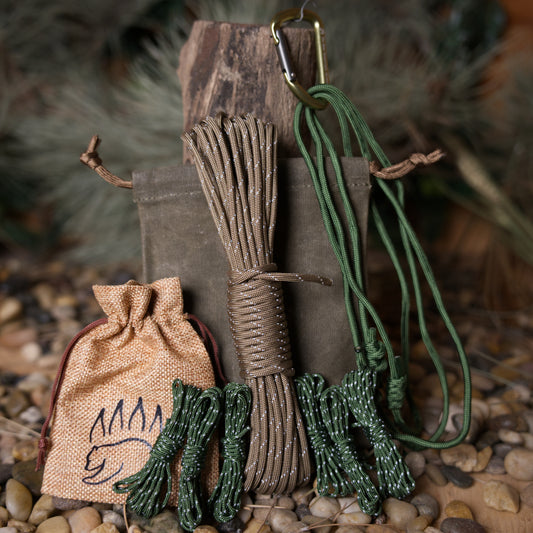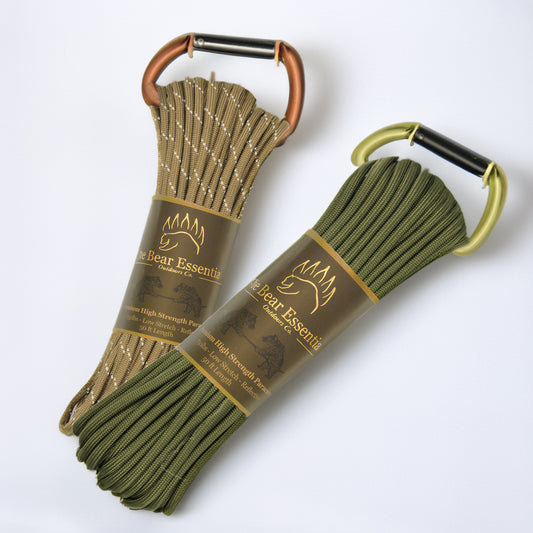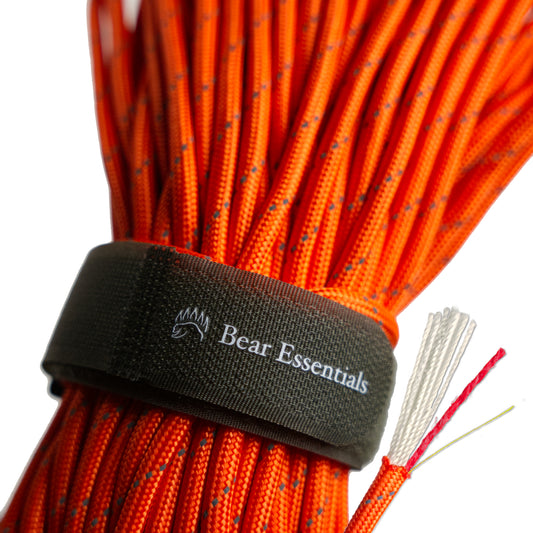How to Tie the West Country Whipping
Usage
The West Country Whipping is commonly used to secure the end of a rope to prevent fraying in scouting, boating, and utility tasks, offering a quick and reliable method. Compared to the Sailmaker’s Whipping, it’s easier to tie without tools, making it ideal for field use. Its simplicity and effectiveness are valued, but it may loosen over time with synthetic ropes. This knot is a favorite for Scouts and sailors needing a fast, teachable whipping.
Why Learn the West Country Whipping?
Its straightforward technique ensures easy rope maintenance. This knot is a go-to for anyone needing to prevent rope fraying quickly.
Common Uses
-
Scouts:
- Secures rope ends for pioneering projects like bridges or towers.
- Maintains lashing ropes during camp setups.
-
Boating/Marine:
- Prevents fraying on mooring lines or rigging ropes.
- Secures ends of lines used in sailing or docking.
-
Utility:
- Protects ropes for outdoor gear or household rigging.
- Maintains cord ends for tools or equipment.
ABOK Number
(Ashley Book of Knots)
Other Names
Category
|
Notable Features
- Easy to tie: Forms with simple half knots, no needle required.
- Quick to learn: Teachable to beginners in minutes.
- Versatile use: Works on twisted, braided, or synthetic ropes.
- Reliable hold: Prevents fraying effectively with proper tension.
- Scouting staple: Widely used in pioneering and rope care.
Variations
No true variations listed in the provided data. For extra dependability, use the constrictor knot security. However, as noted in online sources, this can increase complexity.
Similar Knots
Sailmaker’s Whipping vs. West Country Whipping
- Pros: More durable for long-term use, especially on heavy ropes.
- Cons: Requires a needle and more time to tie compared to the West Country.
Common Whipping vs. West Country Whipping
- Pros: Tighter and more compact for permanent rope ends.
- Cons: Needs a needle and is less intuitive for beginners.
History
The West Country Whipping, referenced in The Ashley Book of Knots (#3458), likely originated in the seafaring regions west of Bristol, England, known as West Country, where rope maintenance was critical for maritime tasks. Documented by Biddlecombe in 1848, its simplicity made it a practical choice for sailors and later Scouts for preventing rope fraying. Its use in national jamborees and the 2019 World Scout Jamboree highlights its ease of teaching and tying.
Security Level
The West Country Whipping provides reliable protection against rope fraying when tied with strong twine and proper tension, suitable for moderate use in scouting or boating. It performs best with natural fiber ropes or pre-melted synthetic ends. For heavy or prolonged use, a more durable method like the Sailmaker’s Whipping may be preferred to ensure longevity.
Downsides
- Loosening risk: Final square knot may loosen, especially on slick synthetic ropes.
- Temporary hold: Less durable than needle-based whippings for long-term use.
Structure
- Cut a 12-14 inch piece of strong twine (e.g., waxed flax) and place it around the rope, about 1/2 inch from the end.
- Tie a half knot (like the first half of a square knot) with the twine ends, pulling it tight.
- Wrap the twine ends around the rope to the opposite side and tie another half knot, keeping it snug.
- Repeat alternating half knots on the front and back of the rope, pulling each tight, until the whipping is as long as the rope’s diameter.
- Finish with a square knot (reef knot), trim excess twine, and test to ensure the whipping holds.
Pro Tip: Use waxed twine for better grip and durability on synthetic ropes. Tie each half knot in the same direction (e.g., right over left) for a neat appearance. For extra security, start with a constrictor knot or melt synthetic rope ends first.
FAQ
Is the West Country Whipping strong enough for heavy ropes?
Yes, for moderate use, but ensure tight knots and consider melting synthetic ends first.
What’s the best twine for the West Country Whipping?
Waxed flax or nylon twine, about 1mm thick, provides good grip and durability.
How does the West Country Whipping compare to the Sailmaker’s Whipping?
The West Country is quicker and simpler, but the Sailmaker’s is more durable for heavy use.
Can the West Country Whipping be used on synthetic ropes?
Yes, but melt the rope ends first and use waxed twine for better security.
Why choose the West Country Whipping over a Common Whipping?
It’s easier to tie without tools, though less compact for permanent needs.
Important Notes on Safety
Common failure points include a loose final square knot or insufficient half knots, which can allow the whipping to unravel. Always verify the whipping is tight and the square knot secure before use, especially on synthetic ropes. Check the rope and twine for wear before tying. Ensure the whipping length matches the rope’s diameter for strength. Practice in low-stakes settings to master the alternating half knots.







